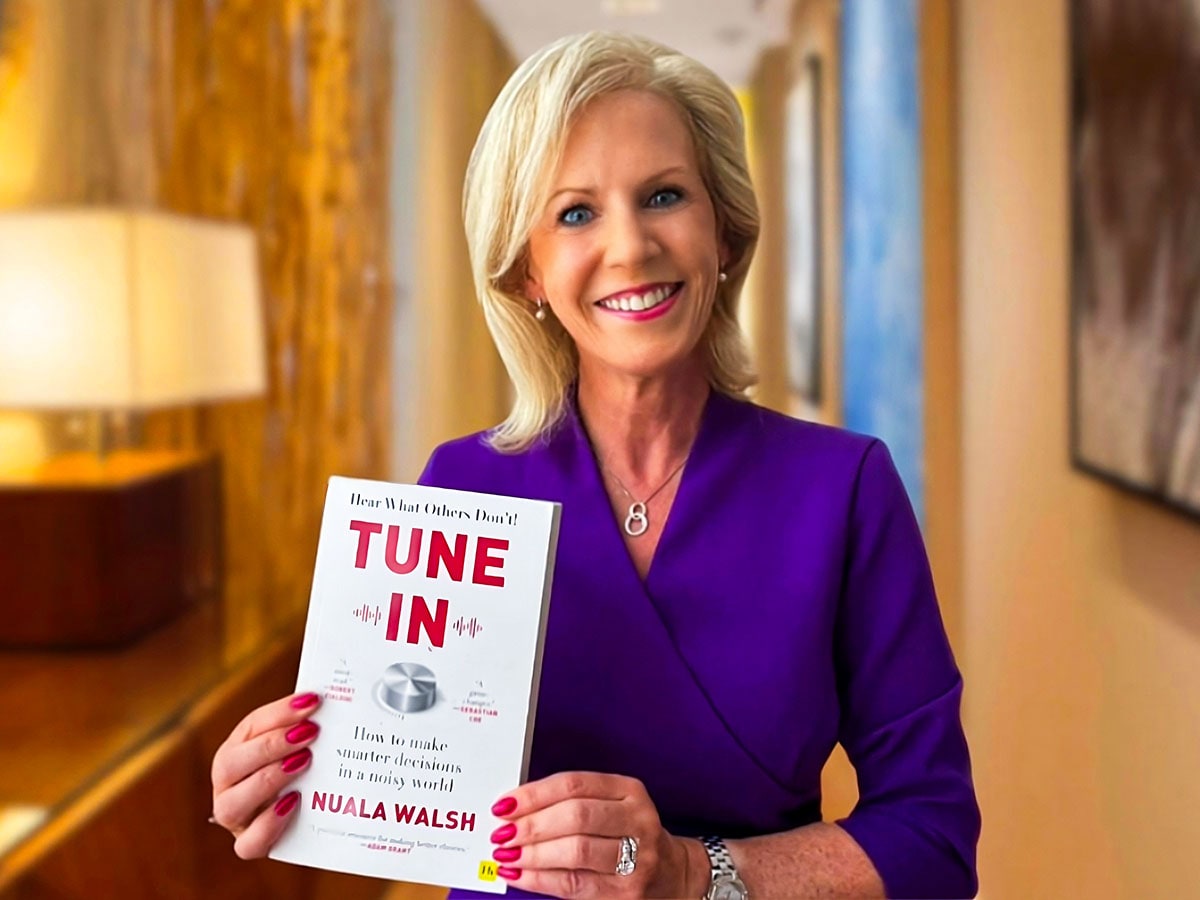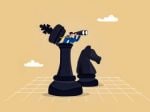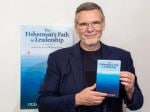In today's noisy world of data overload, good judgement is at a premium: Nuala Walsh
The author of TUNE IN: How To Make Smarter Decisions In A Noisy World, and a non-executive director, behavioural scientist and award-winning marketeer with three decades in investment management on how to judge situations more effectively by rebalancing what we see with what we hear
 Nuala Walsh , The author and a non-executive director, behavioural scientist
Nuala Walsh , The author and a non-executive director, behavioural scientist
Q. What makes decision-making particularly challenging in the current context?
Most executives spend about 30 percent of their time making decisions—some even longer. The primary determinant of effectiveness is context. But in today’s high-speed, noisy world of data overload and distraction, good judgement is at a premium.
Too often, even the best leaders tune out critical voices, ignore signals, and rush to misjudgement. How reliably do you hear the voices that really matter? When you don’t, stakeholders feel unheard. Beyond predictable reputation damage and underperformance, polarisation, exclusion and activism can result.
Q. What are some of the factors that shape our judgement?

















